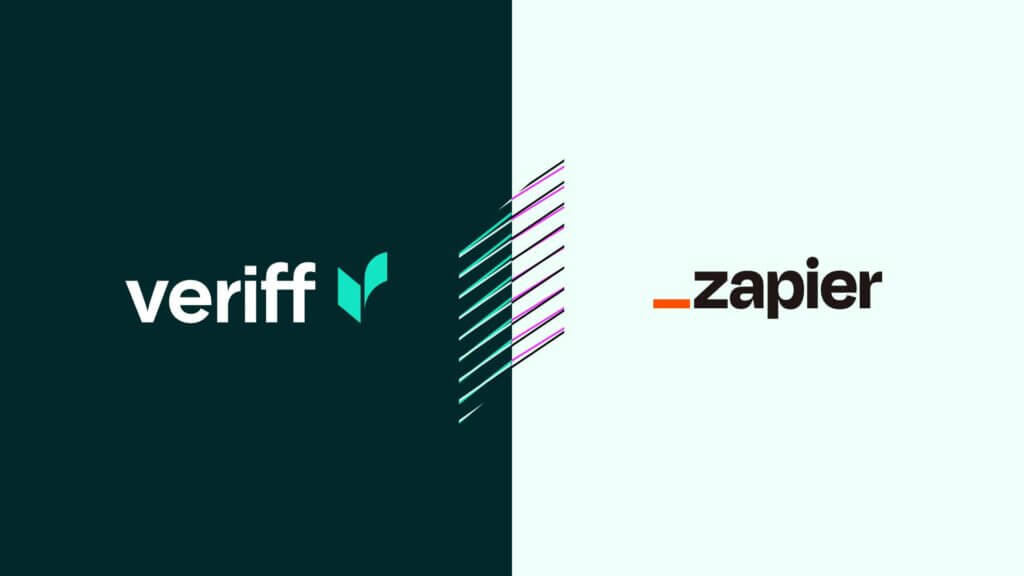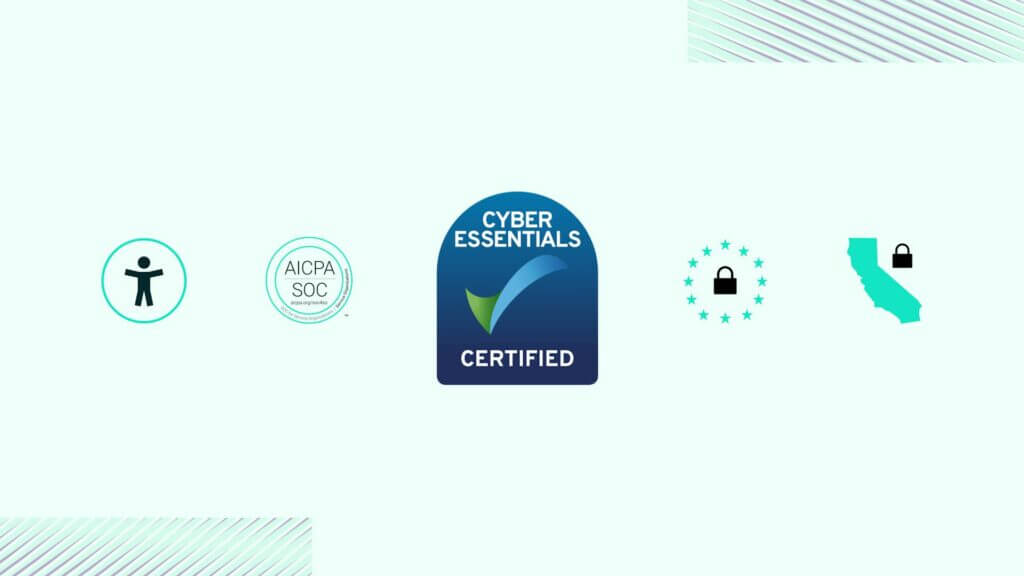Blog Post
Anti-Money Laundering Act 2020 – What it Means
What is the Anti-Money Laundering Act 2020? Let us explain what it means, what the processes related with it entail, and who it applies to and how.

Generally, Anti-Money Laundering (“AML”) is a set of policies and procedures that financial institutions should implement to obtain knowledge of their clients, in order to prevent financial crimes. In order to combat money laundering and terrorist financing, AML regulations have been enacted around the world. These are mainly applicable to credit and financial institutions, and certain other entities whose services may be misused for money laundering activities.
This article will delve into this topic and tell you more about the U.S.’ Anti-Money Laundering Act 2020 (“AMLA”), why it is important, the AML compliance program, and what title 31 and Money Services Businesses (MSB) mean.
What is the Anti-Money Laundering Act?
An anti-money laundering act in general refers to a legislative act concerning AML-related obligations imposed upon financial services provided in a certain jurisdiction. Although the local names for the act may be different, the purpose is the same. They aim to help companies to minimize the risk of assisting money laundering and other criminal activities related to finances.
The AMLA is made up of 56 sections, and it substantially expanded upon, and modernized, the provisions contained in the Bank Secrecy Act (“BSA”) and other relevant AML legislations. The Financial Crimes Enforcement Network (“FinCEN”), a bureau within the United States Department of the Treasury, is mandated to implement, administer, and enforce compliance with the BSA. FinCEN will further provide necessary assistance, via provision of standards, guidance and statements among the others, to the subjects of the BSA.
Why the Anti-Money Laundering Act is important
The primary purpose of the AMLA was to modernize AML/CFT systems to promote greater efficiency in combatting money laundering and responding to the new challenges arising in the sector. Another important addition of the Act is the requirement to establish a beneficial ownership information reporting regime that includes proper reporting instruments. Furthermore, AMLA emphasized the necessity of an appropriate risk-based approach to AML compliance.
In order to enhance the efficiency of supervision, the legislation encouraged stronger alignment of supervision and examination priorities by increasing coordination among authorities and information-sharing procedures between financial institutions and regulators. Ultimately, these developments aim to make an efficient system of monitoring anti-money laundering processes of companies to make sure that chances for money laundering are minimized. It is important to note that on June 30, the FinCEN has published AML/CFT priorities on the basis of which within 180 days from the date of publication, the FinCEN will initiate the process of reviewing provisions contained in the BSA and AMLA. Additionally the subjects of the law may anticipate creation of the regulations regarding the AML/CFT priorities. Thus, it is crucial for financial service providers in the U.S. to stay cautious of the upcoming changes and be prepared to update the AML compliance programmes when relevant.
Who is subject to the Anti-Money Laundering Act?
Both AMLA and BSA apply to domestic financial institutions, US branches of foreign institutions operating within the US, and other financial institutions operating exclusively outside the US if their transactions are going through a US financial institution.
What is an AML compliance program?
In order to provide its products and services in accordance with regulations, companies subject to the AMLA must implement an anti-money laundering compliance program. It combines appliance of the policies, standards, and procedures applied to ensure the compliance with relevant regulatory provisions:
- Customer identification programmes appropriate to the risk-profile of the customer
- Detection of suspicious transactions and their reporting
- Procedures to educate personnel on factors indicating money laundering
- And continuous monitoring of financial behaviour of certain high-risk clients
Correct implementation of the compliance program will greatly reduce the chances of regulatory action against a company. Of course, companies must develop a robust understanding of the current legislative requirements and keep an eye on developments.
What are the 4 pillars of AML?
Now that we have established the necessity of an appropriate AML compliance program, let us consider the four core elements that may prove useful in reaching this goal. It is important to understand that pillars are not universal in their nature and may differ depending on the characteristics of the business sector it operates in, and, of course, the risks prevalent in that sector. Nonetheless, these elements are vital components in many AML frameworks, not only in the U.S., but worldwide.
- Compliance Officer
It is important for companies to appoint a designated compliance officer whose primary responsibility shall be to oversee the general implementation of and compliance with AML policies. It is generally advisable for this officer to have sufficient experience and knowledge of money laundering activities and prevention practices as well as have relevant skills of supervising and educating employees across the company. Among others, their tasks include providing clear communication to the authorities and auditors, briefing the senior management, and making policy recommendations for AML procedures.
Other than providing meaningful input to relevant policies, an AML compliance officer should ideally have expertise on the variety of regulatory requirements to which the entity is subject. For example, it is essential for financial service providers in the U.S. to seek a compliance officer with extensive knowledge of the BSA. Also, is it important for the person to know the details and methodologies of the financial crimes to be able to detect and report those cases to the authorities accordingly. - Internal Controls
Companies should not disregard the internal systems and controls of detecting the deficiencies of money laundering procedures. An AML compliance program should involve the review procedures on a regular basis to make sure that they are effective and relevant. Employees must be aware of the identified deficiencies and know the ways of mitigating them within the scope of their duties.
In summary, it is crucial for business to have appropriate controls which help identify the vulnerabilities of its physical, organizational, and technical systems which can be used for unlawful conduct. - Ongoing training for employees to raise awareness
With the goal of ensuring that every employee of a financial institution has proper knowledge of AML procedures, entities providing financial services have to provide appropriate training, particularly for those directly involved in AML-specific responsibilities. Companies can not effectively implement AML policies unless employees have enough knowledge on the topic.
An effective training program does not have a “one size fits all” approach but rather a tailored one, addressing the risks that an employee concerned may help to alleviate via the correct application of obtained knowledge. It is necessary to keep accurate records of all training provided, as well as establish appropriate frequency of their occurrence. Additionally, companies should update the information on practices relevant to the prevention of money laundering and terrorist financing and notify employees about these changes at appropriate times. - Independent audit
Usually, this procedure is performed by an independent third-party organisation to avoid possible evaluation bias. This third-party organisation must be qualified to conduct an audit in line with the regulatory requirements.
There are also annual independent audits, which should ensure the efficiency of established anti money laundering systems and procedures and soundly confirm their effectiveness. It is necessary to employ auditors who have proper knowledge and experience with AML regulatory framework and auditing nuances.
What is Title 31?
Title 31 of the United States Code are the statutory provisions that form part of the BSA. According to this law, financial service providers are required to comply with, among others, record-keeping and reporting requirements. The BSA, in general, was created for the purpose of preventing criminals from easily accessing U.S. financial systems to fund illegal activities.
Beyond financial service providers, it also requires all casinos with gross annual gaming revenue of at least $1 million to ensure compliance with the provisions of the BSA to a certain extent. Therefore, the BSA has a strong effect on the gaming and casino industry in general. Subjects of the law should understand that BSA exists to protect them and their business from the threats presented by illicit financial activities. Companies will face significant regulatory penalties if they fail to comply with BSA requirements, including those imposed by Title 31.
What is an MSB?
Financial institutions definition covers a range of different entities providing financial services; the money services business (“MSB”) is one such entity that together with banks, brokers, casinos, and certain others, form the concept of financial institutions. It covers a wide range of services such as e-commerce, cryptocurrency, and crowdfunding, to name a few. MSBs are required to abide by the obligations deriving from the BSA, such as creating customer identification programs, keeping records on certain transactions and reporting suspicious ones to the FinCEN when appropriate.
There are several factors that make MSBs particularly prone to the risks of financial crimes. That’s the primary reason why operating a money services business comes with an obligation of anti-money laundering compliance due to their attractiveness for money launderers, online scammers, terrorist groups, and many others.
Learn more about the Anti-Money Laundering Act of 2020
If you want to learn more about the Anti-Money Laundering Act of 2020, take a look at our detailed guide to AML Compliance. Here you will read about everything you need to know to stay AML compliant.
Here at Veriff, we work hard to build trust online and make the digital world safer with the tools we develop every day. Check out AML & KYC Compliance Solution that can help your team effectively fight financial fraud.














